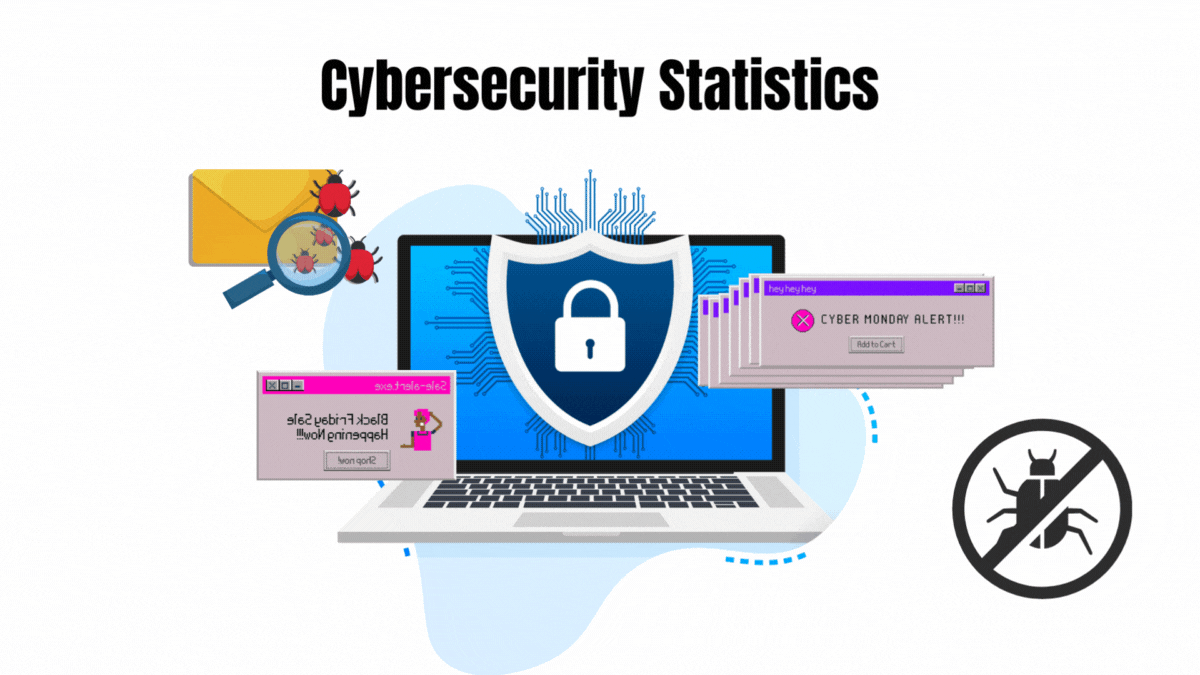Midmarket Business Intelligence Buying Guide
Our last business intelligence (BI) buyer's guide featured SAP, IBM, Microsoft, Oracle, SAS, Information Builders and MicroStrategy. It was loosely labeled an enterprise guide, though many of these products also play well in the midmarket. All of them should be considered a midmarket BI contender along with those covered herein: QlikTech, Actuate BIRT, Panorama Software, Tibco Spotfire, Tableau, Jaspersoft and Pentaho. And don't rule out small business BI vendors in your business intelligence product search.
QlikTech Business Intelligence
QlikTech offers QlikView, an in-memory business discovery engine platform that assembles and analyzes data from multiple sources. A feature known as QlikView Associative Experience automatically highlights related information based on every selection to uncover further insights.
“Rather than being constrained by static reports or predefined drill paths, users can navigate data using any combination of selection and search actions, and QlikView recalculates all the metrics and visualizations in the app,” said Jeff Boehm, vice president of global product marketing at QlikTech. “The pricing model is a combination of server and per-user pricing, with pricing models and tiers for small companies to global enterprises.”
He said the product has been designed to deal with several key trends in the business intelligence market, such as the consumerization of BI due to more users accessing the systems, increased mobility, and the rise of social media. BI tools, therefore, need to be simpler and easier to use to increase the percentage of those harnessing them.
“With ease of use now surpassing functionality for the first time as the dominant BI platform buying criterion, business users are increasingly driving BI purchasing decisions, most often choosing easier to use data discovery tools over traditional BI platforms — with or without IT's consent,” said Gartner analyst Rita Sallam.
Gartner calls QlikTech the poster child for this end-user-driven approach to business intelligence. The company is scoring high on user friendliness and speed of deployment. Though strongest in the midmarket, it is making inroads into the enterprise end of the market. It is positioned among the leaders in Garner's Magic Quadrant (MQ) for BI.
On the downside, Gartner questions QlikTech's capabilities in high-volume enterprise reporting, planning/financially-oriented online analytical processing (OLAP), Microsoft Office integration, scorecarding and predictive modeling. It also isn't the cheapest product out there.
“By concentrating solely on in-memory analytics, QlikTech should not be considered as a replacement option but rather just as an add-on to broad BI suites,” said Boris Evelson, an analyst with Forrester Research.
Tableau Software
Other companies are already offering in-memory products, said Gartner. Microsoft SQL Server PowerPivot, IBM Cognos Express, SAP BusinessObjects Explorer and Tableau Software are examples. The latter company is particularly fast-growing.
Elissa Fink, vice president of marketing at Tableau Software, boasts that the BI market grew by 13.4% last year, according to Gartner, while Tableau grew by 113.5%.
Tableau offers interactive visualization for analysis, dashboards, information delivery and managed analytic applications. Users are also deploying Tableau to perform complex analyses.
“Tableau is once again the ‘darling' of the Magic Quadrant, with customers even more enamored with it this year than last,” said Sallam. “It gained overwhelmingly positive customer survey feedback across the board in all measures in the survey, including for ease of use, functionality, product quality, product performance, support, customer relationship, success, achievement of business benefits and view of the vendor's future.”
Sallam, noted, however, that it lacks broader BI platform capabilities, such as for production reporting, metadata and predictive analytics.
Tibco Spotfire
While Gartner gave kudos to Tableau, analysts give even higher marks in complex analysis to Tibco Software's Spotfire application.
“Tibco Spotfire came out as a strong performer, offering top choices for analytics based on its traditional strength in middleware and application integration,” said Forrester's Evelson. “The combination of integrated BI, process, rules, workflows, event streams, and advanced analytics, building on Tibco's traditional strengths in application and data middleware, is hard to beat.”
He noted, though, that it is not a panacea. For example, it does not compete with report writers like Actuate and SAP BusinessObjects Crystal for producing production reports for mass distribution.
Gartner also cites above average total licenses costs per user. That said, new pricing and packaging options introduced in 2010, as well as a low-cost Software as a Service (SaaS) offering, may be changing that.
John Callan, director, product marketing for Spotfire at Tibco Software, said key features include: the ability to analyze and explore data with intuitive, interactive visualizations; bar charts, scatter plots, treemaps, box plots, map charts and so on; in-memory data architecture for speed and flexibility; direct access for corporate and local data sources, including spreadsheets; and integration with SAP BW, SAP R/3, Oracle eBusiness Suite, Salesforce.com, or any ODBC database.

Drew Robb is a writer who has been writing about IT, engineering, and other topics. Originating from Scotland, he currently resides in Florida. Highly skilled in rapid prototyping innovative and reliable systems. He has been an editor and professional writer full-time for more than 20 years. He works as a freelancer at Enterprise Apps Today, CIO Insight and other IT publications. He is also an editor-in chief of an international engineering journal. He enjoys solving data problems and learning abstractions that will allow for better infrastructure.
